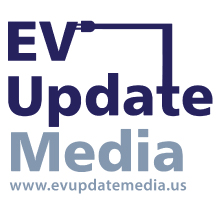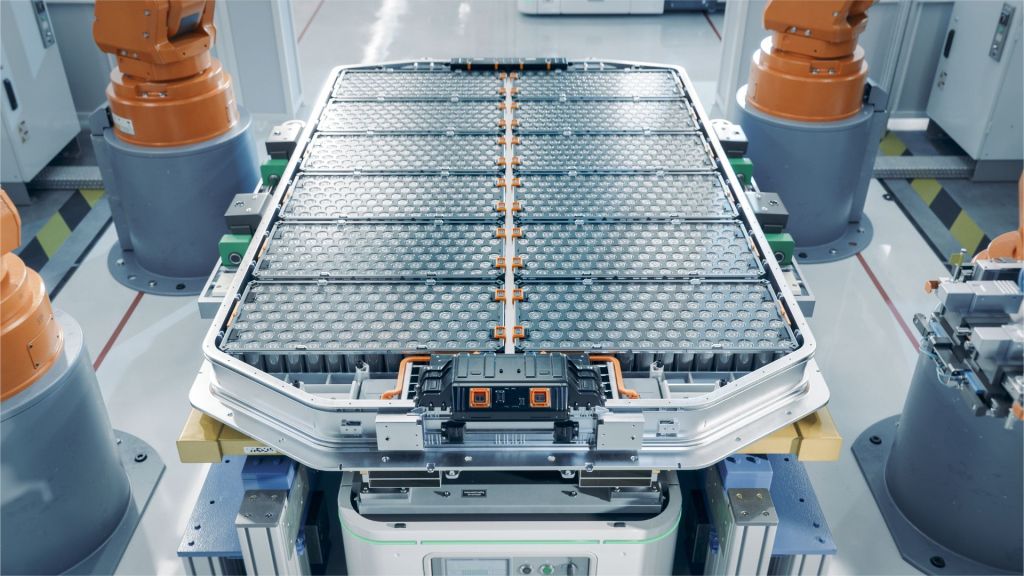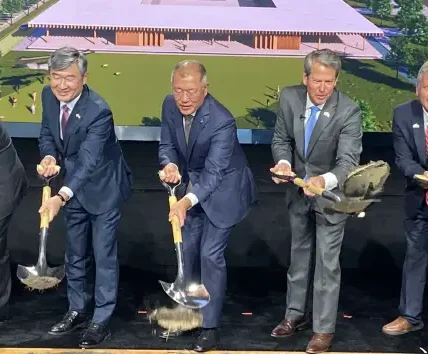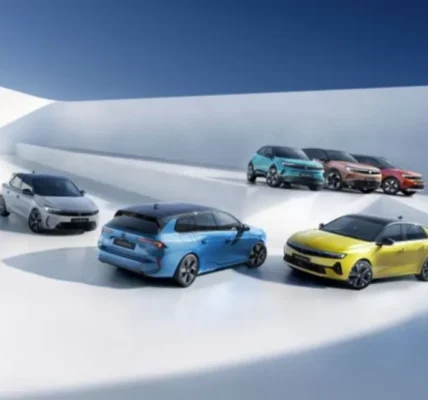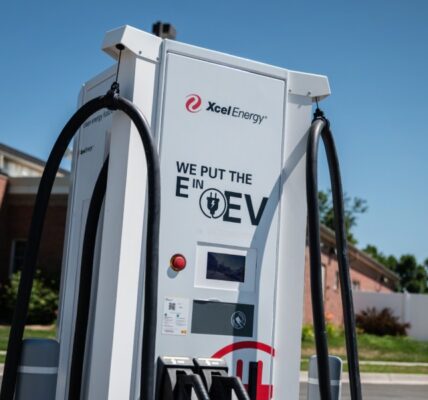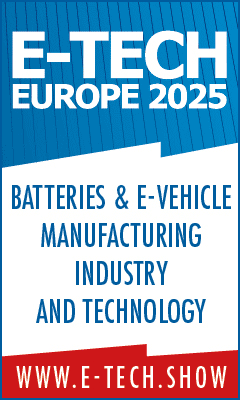University of Michigan engineers have developed a modified manufacturing process for electric vehicle (EV) batteries that significantly enhances charging speeds in cold weather. The innovation addresses one of the biggest concerns for EV adoption—reduced efficiency in low temperatures.
“We envision this approach as something that EV battery manufacturers could adopt without major changes to existing factories,” said Neil Dasgupta, U-M associate professor of mechanical engineering and materials science and engineering.
The study outlines a new pathway to achieve extreme fast charging at low temperatures without sacrificing energy density.
The lithium-ion batteries using this method can charge 500% faster even at temperatures as low as 14 °F (-10 °C). The key improvement comes from a structural and coating modification that prevents lithium plating on the electrodes, a common issue that degrades battery performance. As a result, these batteries retain 97% of their capacity after 100 fast-charging cycles in subfreezing conditions.
How the innovation works
Standard EV batteries store and release power by moving lithium ions between electrodes through a liquid electrolyte. However, in cold temperatures, this movement slows down, reducing battery efficiency and charging speed. To extend range, automakers have made battery electrodes thicker, but this also slows down charging.
Previously, Dasgupta’s team developed a technique to improve charging speed by creating 40-micron-sized pathways in the anode. Using laser drilling, they allowed lithium ions to move more freely, improving room-temperature charging. However, cold charging remained a challenge.
The team discovered that a chemical layer forming on the electrode surface in cold conditions was the culprit. “That plating prevents the entire electrode from being charged, once again reducing the battery’s energy capacity,” explained Manoj Jangid, a senior research fellow in mechanical engineering and co-author of the study.
To solve this, the researchers applied a thin, 20-nanometer glassy coating made of lithium borate-carbonate. This prevented the problematic surface layer from forming and, when combined with the laser-drilled channels, resulted in 500% faster charging in freezing temperatures.
“By the synergy between the 3D architectures and artificial interface, this work can simultaneously address the trilemma of fast charging at low temperature for long-range driving,” stated Tae Cho, a recent Ph.D. graduate in mechanical engineering and first author of the study.
A solution to consumer concerns
While EVs have grown in popularity, consumer hesitation remains. A recent AAA survey revealed that the percentage of U.S. adults likely to purchase an EV dropped from 23% in 2023 to 18% in 2024.
One of the biggest concerns is how EV range declines in winter, paired with slower charging speeds. Reports from the January 2024 cold snap highlighted that charging times for some vehicles extended to over an hour due to the freezing temperatures.
“Charging an EV battery takes 30 to 40 minutes even for aggressive fast charging, and that time increases to over an hour in the winter. This is the pain point we want to address,” Dasgupta said.
